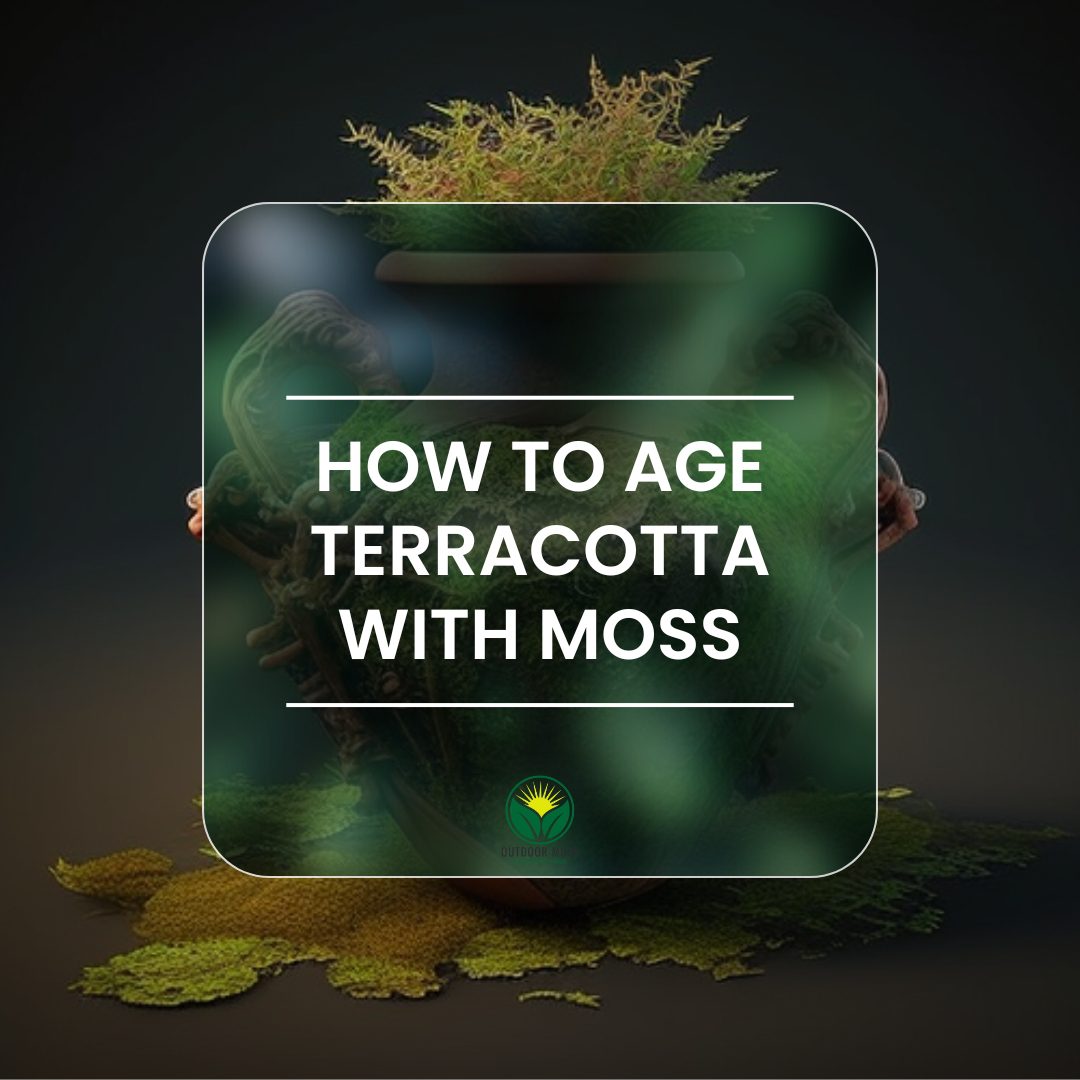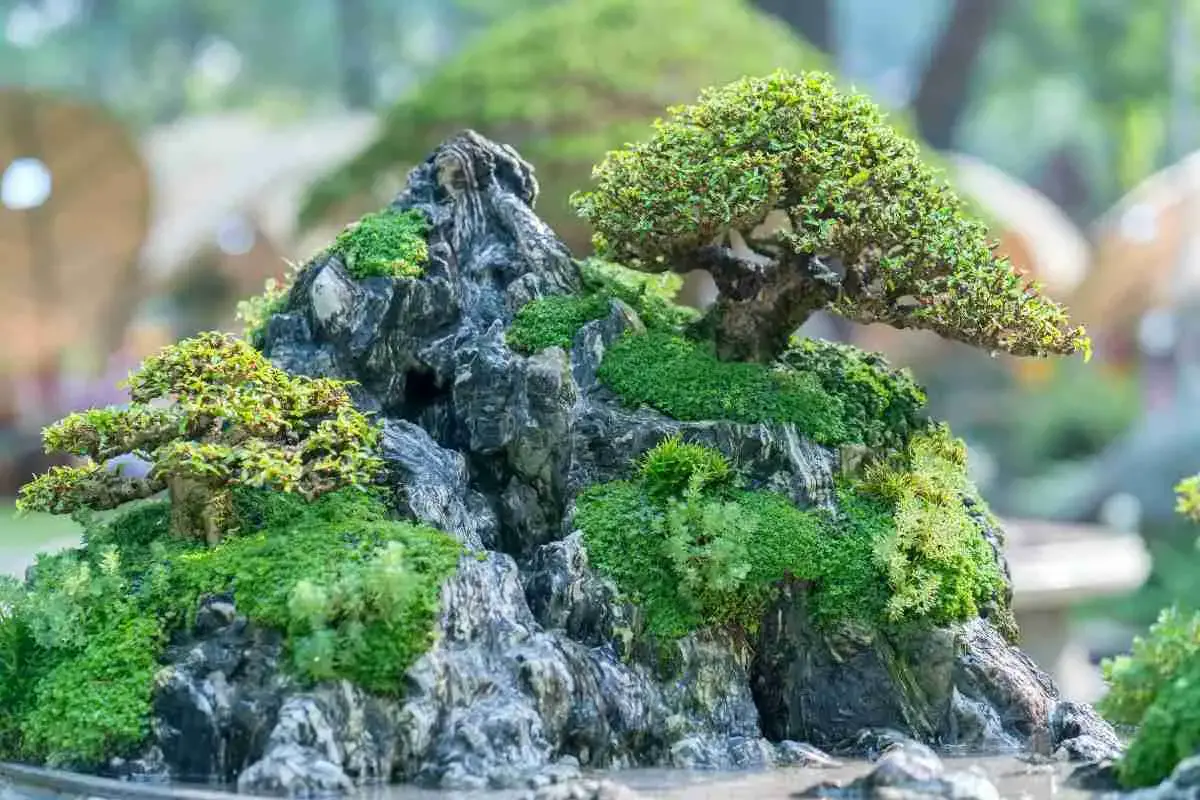
6 Types Of Moss For Bonsai: Bonsai Moss
Read more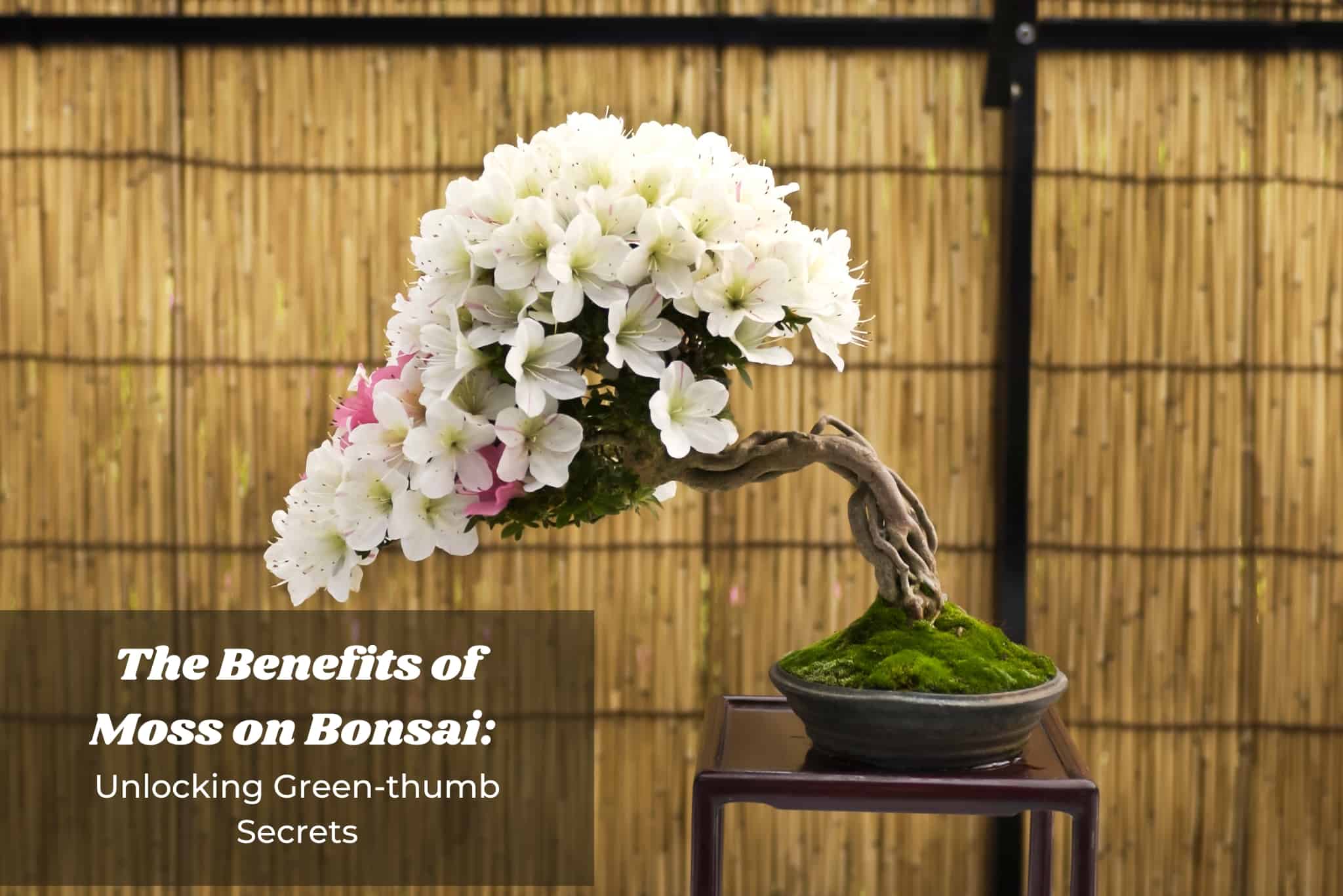
The Benefits of Moss on Bonsai: Unlocking Green-thumb Secrets
Read more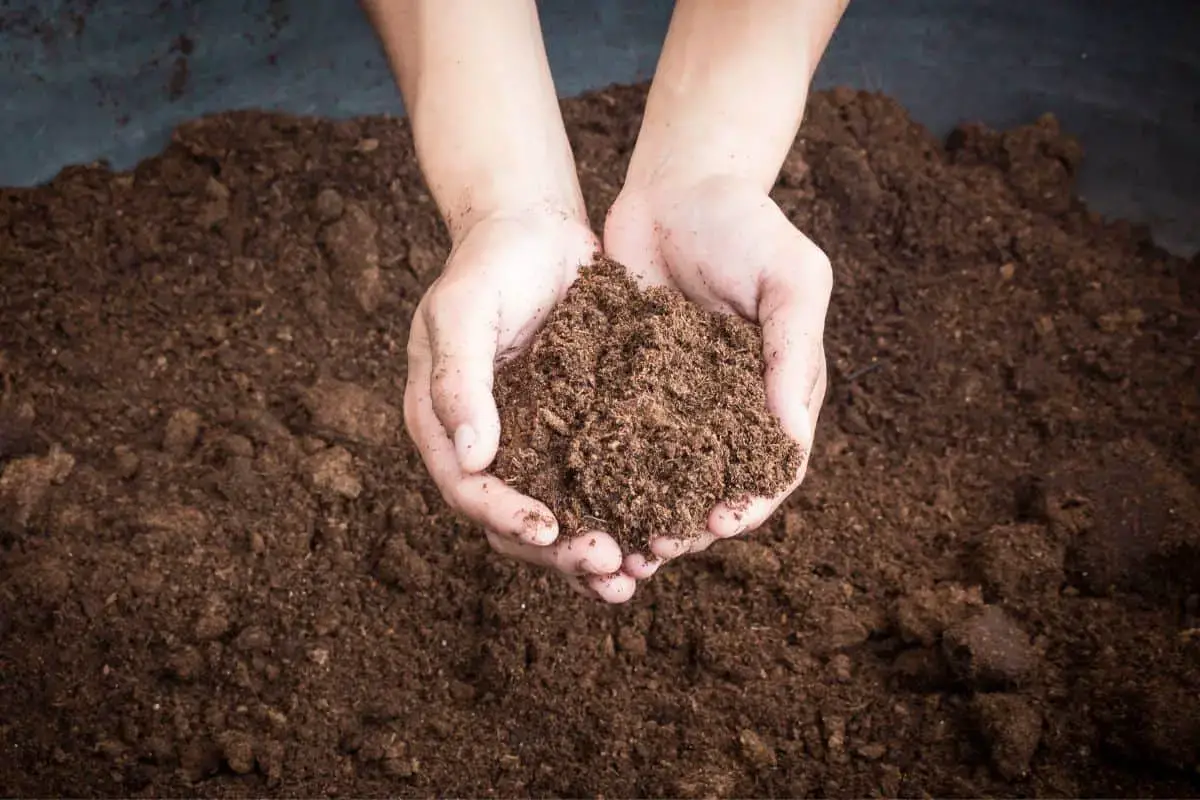
DIY Peat Moss: 5 Simple Steps to Success – Start Today!
Read more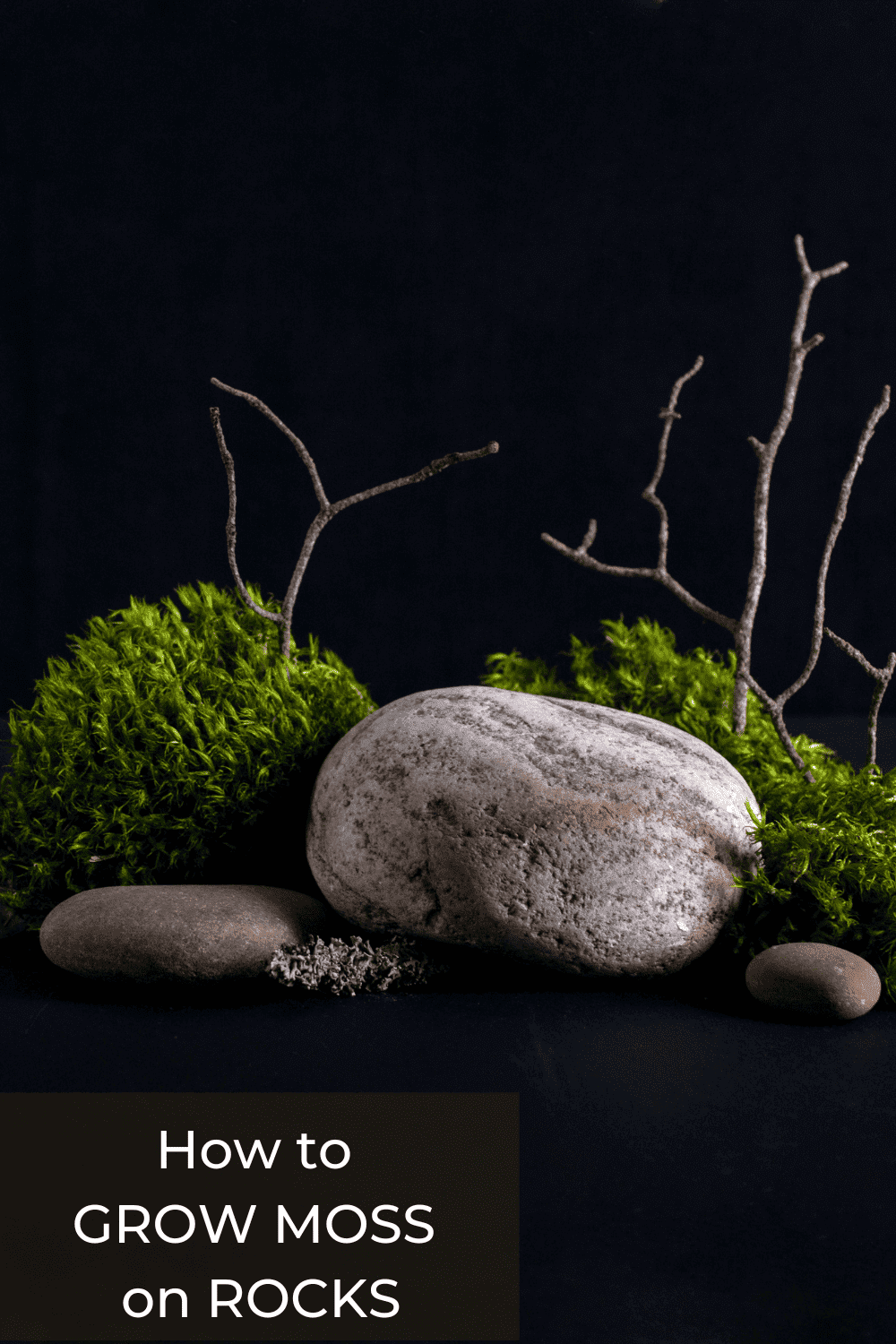
How to Grow Moss on Rocks and Impress Your Friends (or Enemies)
Read more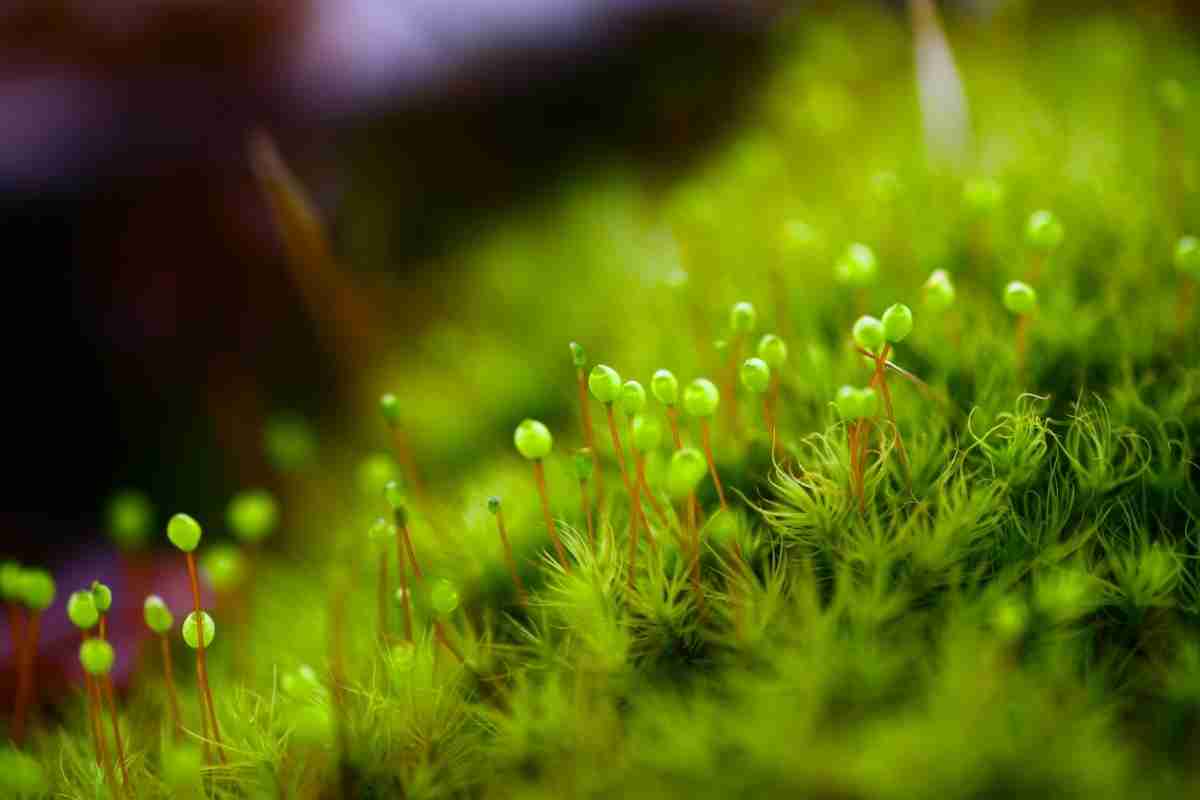
How Does Moss Reproduce? (Asexually And Sexually)
Read more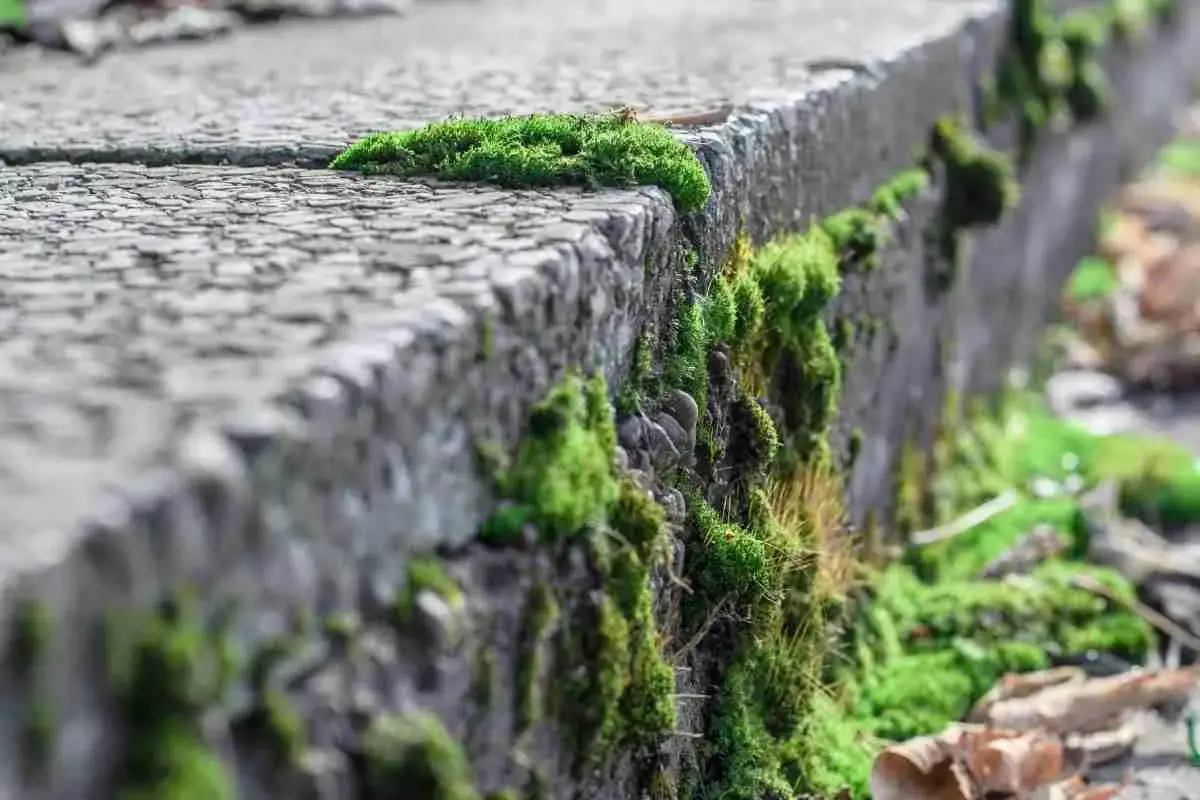
7 Ways To Permanently Remove Moss From Concrete
Read more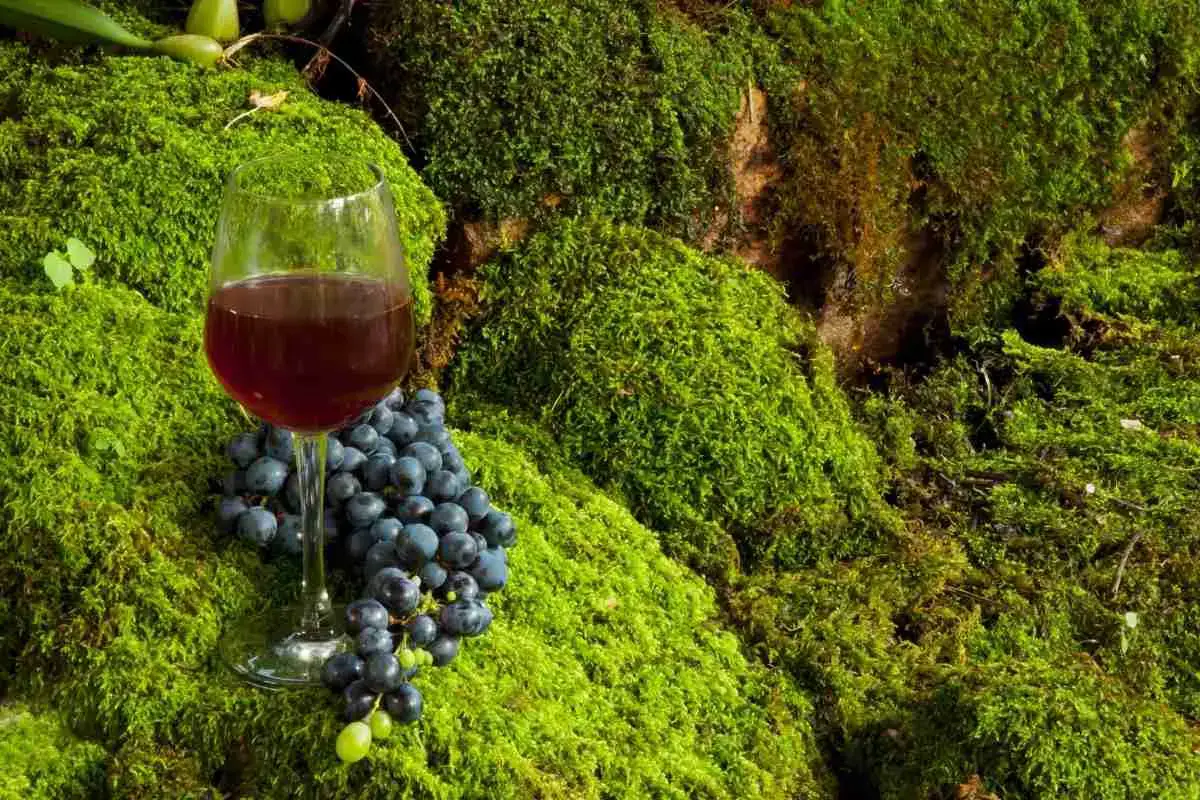
How To Grow Moss On Stone? The Ultimate Guide!
Read more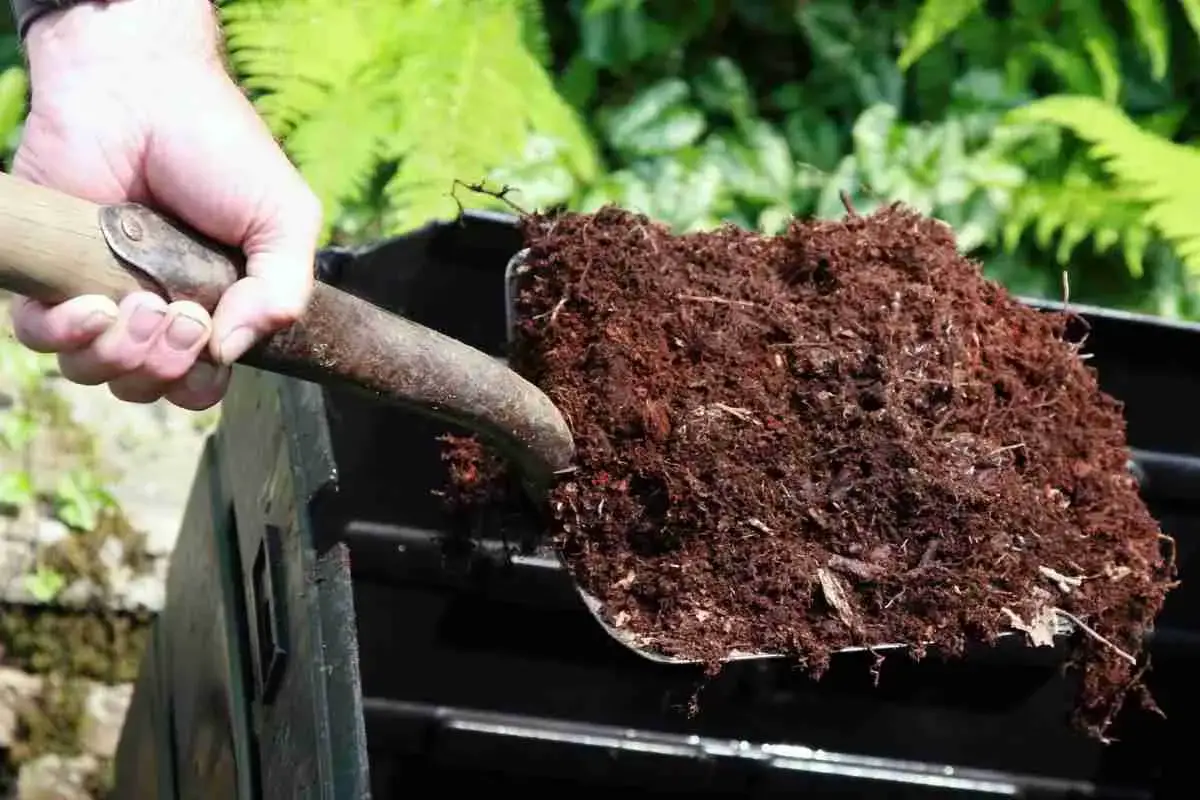
Can Moss Be Composted? Composting Moss
Read more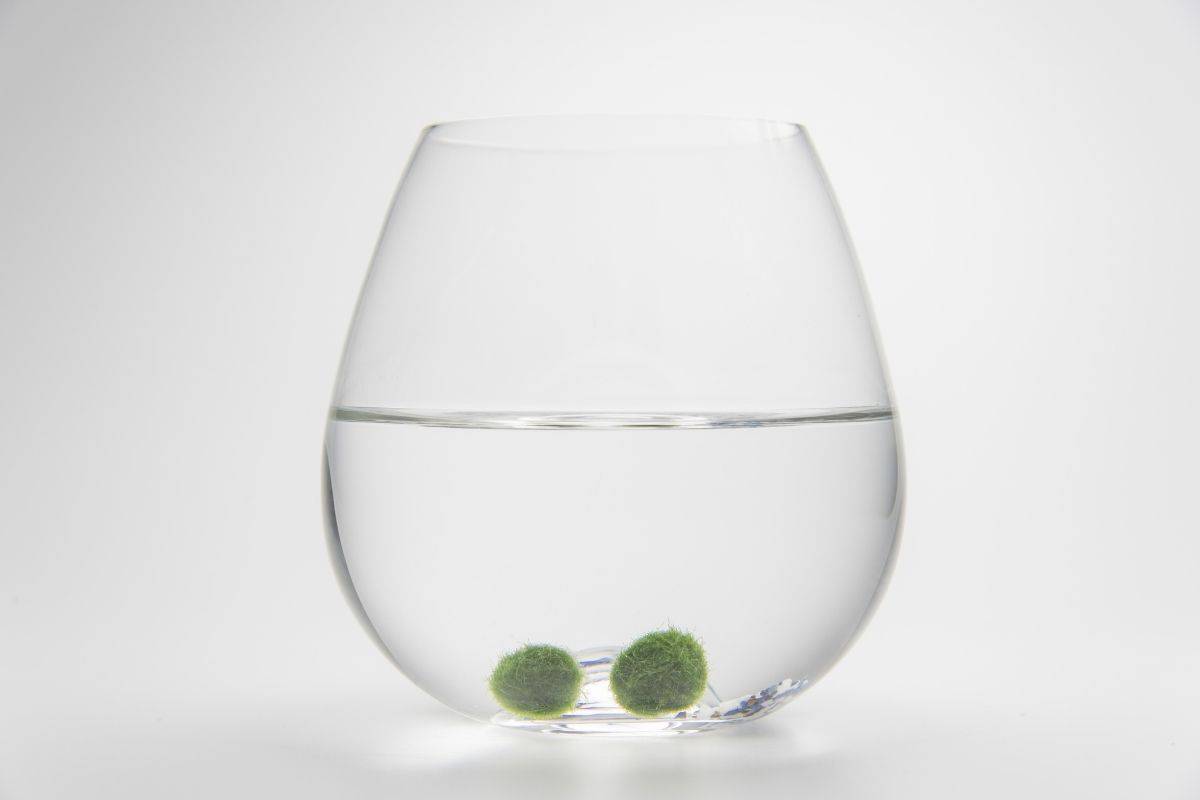
Do Moss Balls Need Light? The Ultimate Question!
Read more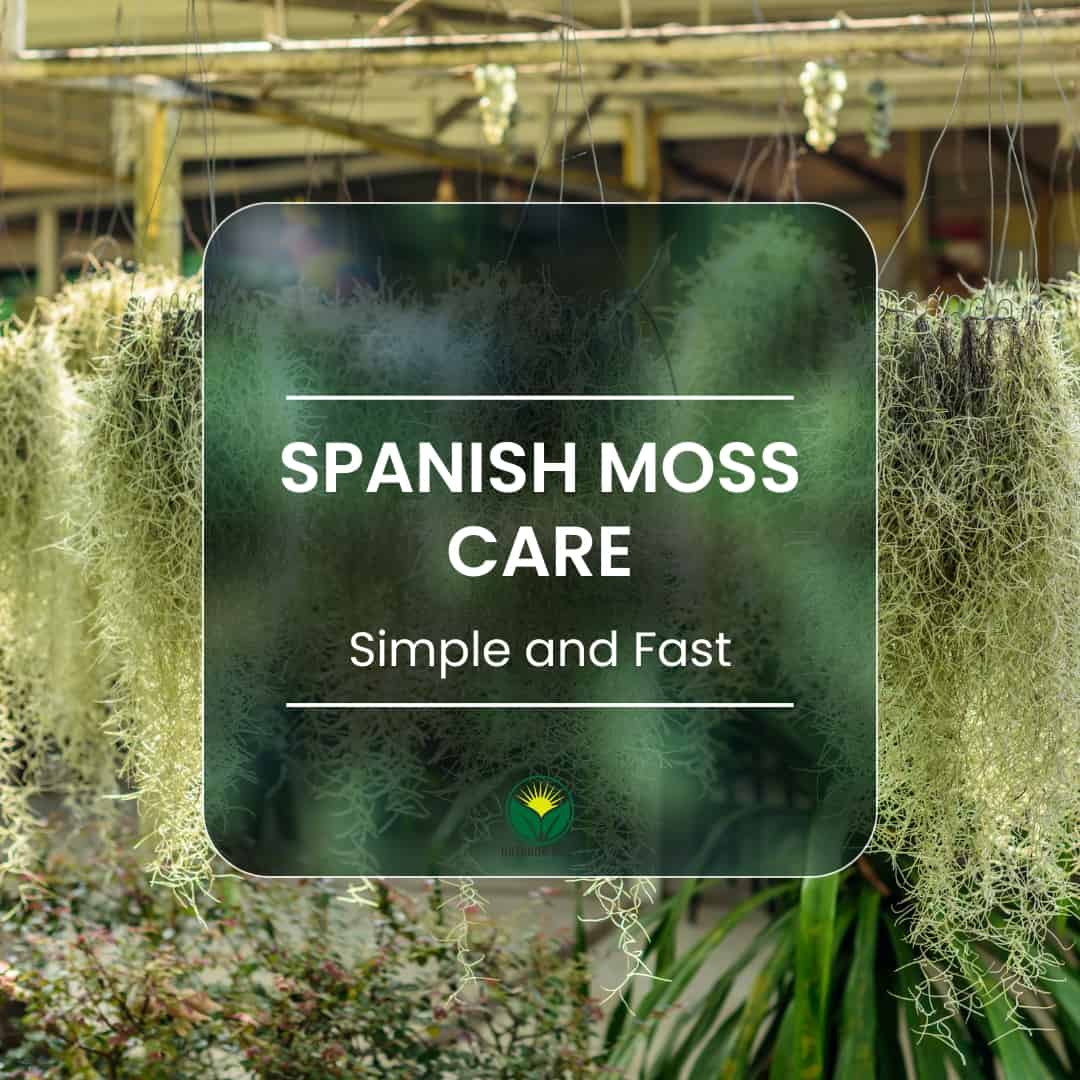
The best way to care for Spanish moss (Tillandsia usneoides). Simple and fast
Read more
What to do if your Christmas moss turns brown or yellow? Find out how to bring your moss back to life
Read more